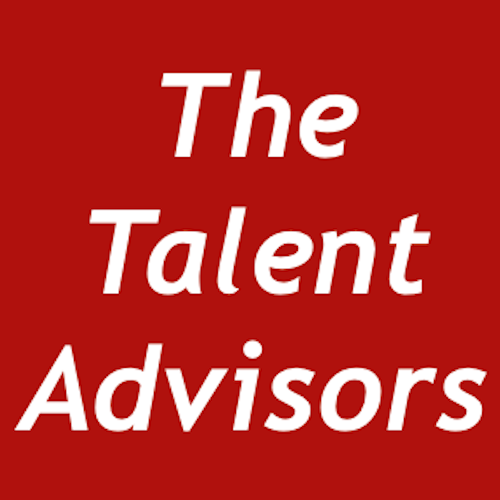IMPROVING BOARD COMPOSITION
This article is part of our Insights For Action series. Join the mailing list to receive this and more.
Nominations committees that answer the question “who is the ‘right’ director given our future direction?” create the capability for a stronger organisation.
Here is our article ‘Improve Board Composition’ that appeared in the Company Director magazine by the Australian Institute of Company Directors.
A floodlight is now on board composition from the perspective of board performance, director accountability and the over-boarding or tenure of individual directors. It is not surprising that in the recent AICD’s Director Sentiment Index nearly three quarters of directors (74 per cent) said their business is actively seeking to improve diversity of skills in board membership.
Board member renewal and the skills-matrix are critical and deliberate decisions. Board composition is best when aligned to the organisation’s short- and long-term strategy. Board quality requires more than drawing on certain job titles, career paths and whether those already on the board know the director candidate.
Of necessity, the nominations committee needs to be forward looking. Shifts in consumer trends, digital marketing, technology, cyber, market disruption, societal expectations and behavioural dynamics can readily point to potential fault lines in board capability. These factors also signal the ‘future director’.
There are ten key factors to consider in director selection:
Is experience from the same industry mandatory or is greater value gained from someone who has capabilities with relevant types of customers, supply chain management issues, business models, competitor challenges, geographic reach, regulatory demands, transformation programs, market disruption or understands the ‘business of business.’
What strategic work has to be addressed? Do we need a background in dealing with the systemic issues or strategic choices of an organisation at the same life cycle stage and can the new director help steer the organisation around the next few corners as the business keeps developing, diversifying, prioritising or refocusing.
Competing for attention is a range of internal and external stakeholders. How useful is a skill-set in managing or influencing these different interests and the opportunities or risks they present
How can we ensure robust decision-making? In the context of the board’s pressure points, what types of critical thinking, judgment and insight enable the organisation to continually improve or seek best practice?
Boards deal with ambiguity, dichotomies and complexity. Directors often balance opposites: the short-term versus the long-term, increasing shareholder value versus acceptable returns on capital invested, organic growth versus growth by acquisition; commercial impact versus social impact; values versus profit. Who can help us deal with the uncertainty or think beyond the linear or clarify alternative scenarios?
Customer motivations to buy a product or service are not uniform and there are many channels to interact with or form an impression of an organisation. Who can help us get closer to our current and emerging customers or better know the marketplace or competing interests?
The workscape is changing considerably. Human capital trends as highlighted in the AICD report Directors’ Playbook: The Future of Worksets out new issues for board agendas. How useful is a skill-set in resolving tensions across systems, organisation silos or groups. What transformation or organisational change work is planned? Will success be improved with an understanding of people and culture or managing transitional impacts?
Boards are expected to have intellectual rigour drawing on a mix of functional expertise, industry experiences, qualifications and demographics for good governance on wide-ranging, complex issues. Can we strengthen our board’s cognitive and demographic diversity?
Will a wider generational mix on the board add needed perspectives on changing business models, the new way of work,consumer trends, digital user experience and digital communication?
How will we onboard, orientate and support the new board member, particularly a first time director, to avoid a false start and maximise their early contribution.
Board selection decisions come down to four factors: context, capability, motivation and fit. Board strength is the synergy of individual skills, experiences and potential.
Discover what support we offer aspiring directors or be added to the distribution list for future articles.
Copyright and All Rights Reserved | About Dianne Jacobs


